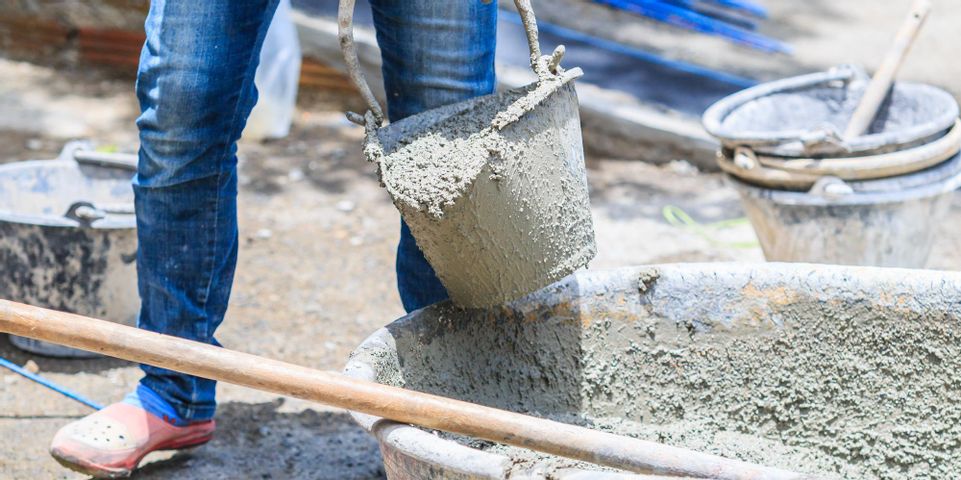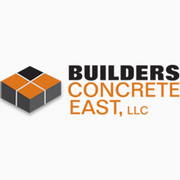
Concrete is a sturdy and strong material that is used for many structures, including setting foundations and driveways. While the installation process is relatively quick, there are a few different stages that the mixture must go through before it hardens into the durable end product. Here is a closer look at the curing process and why it matters.
What is the Difference Between Curing & Drying?
 Drying is specifically about the loss of moisture that concrete goes through before it reaches its final state. Curing encompasses drying, but it refers to the last stage of concrete production. The curing process includes keeping the humidity and temperature of the mixture above certain levels and for a controlled period (ranging from a few days to a few weeks). This allows more time for the bonds within the concrete to form, hardening the mixture. Once the curing is complete, the concrete will move into its final form.
Drying is specifically about the loss of moisture that concrete goes through before it reaches its final state. Curing encompasses drying, but it refers to the last stage of concrete production. The curing process includes keeping the humidity and temperature of the mixture above certain levels and for a controlled period (ranging from a few days to a few weeks). This allows more time for the bonds within the concrete to form, hardening the mixture. Once the curing is complete, the concrete will move into its final form.
Why Is Curing Important?
How the concrete is cured has implications for all of its characteristics. A well-calculated curing process helps calibrate the strength of the concrete as well as how resistant it is to scratches and other wear. It also makes sure the surface looks smooth rather than scaly.
Curing transforms the surface into an impermeable membrane so water doesn’t seep through it. Unlike asphalt—which absorbs water that freezes during cold spells and results in cracks—cured concrete is less likely to crack. The curing process allows the material to retain its durability for decades.
When you need high-quality concrete, the team at Builder's Concrete East in Windham, CT, can supply you with premium products that will last you decades. In business for over 50 years, the specialist provides ready-mix concrete that exceeds your expectations. To receive a quote, call (860) 456-4111. To browse the products they offer, visit their website.
About the Business
Have a question? Ask the experts!
Send your question

